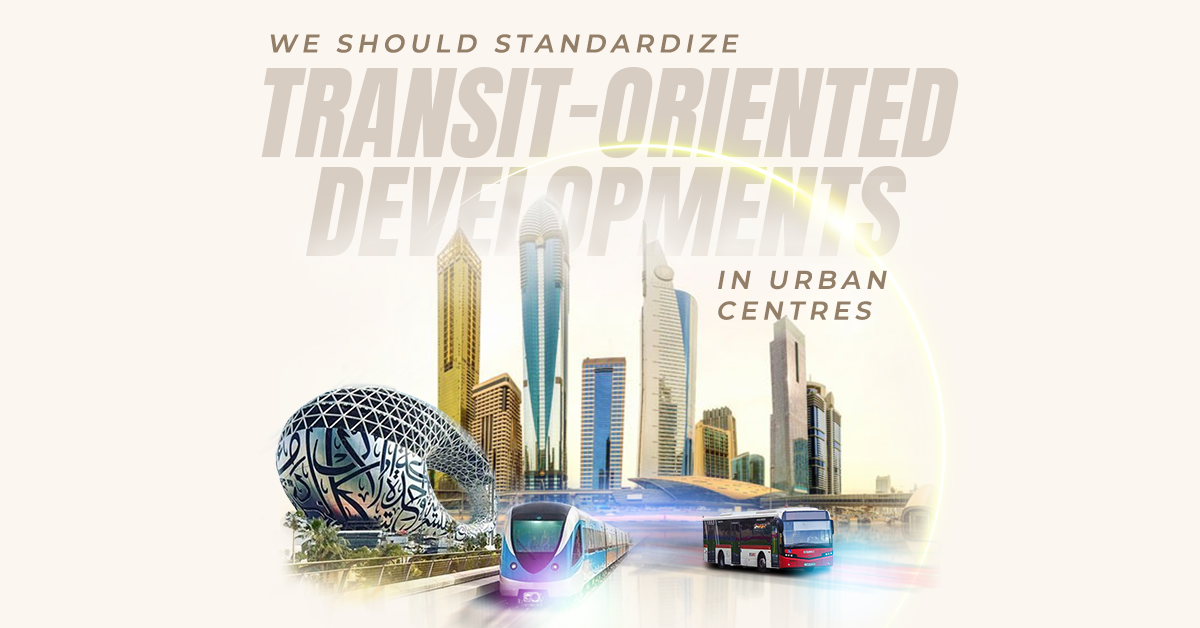Urban spaces around the world are increasingly confronted with an enormous pressure from a fast -growing population, scarcity of land and resources, overpopulation of both residential and commercial areas, and, the most important, under capitated transits systems.
In such a situation, transitued development (TOD) is one of the most practical solutions that can redefine how cities design (and re -design) their spaces. TOD can maximize the usefulness of the available residential, business and leisure rooms in walking distance of hubs of public transport. This in turn promotes to symbiotic relationship between dense urban bags and suburbs and neighborhoods.
The many benefits of Tod
One of the most important objectives of everyone is to promote public transport, so that the congestion of vehicles in busy areas is avoided. TOD is crucial in connecting suburbs with cities, because the entire concept is all about developments that are within a certain distance, usually up to half a mile or a walk of ten minutes, from a public transport center. The ability to travel back and forth without going through the nightmare of endless traffic jams and Conósted City Roads is a great attraction for residents, as well as developers.
However, TOD is not only about the convenience of residential work traffic; It locks a lot of associated developments. New residential projects, office space, shops and entertainment units, including shopping centers and plywoods, usually follow to TOD HUB, so that developments for mixed points are near transit points. This will certainly attract people and ensure a lively, connected community.
Efficient public transport is the glue that bakes residents and commercial institutions, which leads to overall development and a better quality of life. In fact, TOD actually leads to more just communities and cities with strong neighborhood connections, less pollution and efficient methods to move people from point A to point B.
Todo enables urban developers to contain residential, commercial, education, entertainment and infotainment facilities around transithubs in a just and fair manner. Asse Hubs grow, they are maintained by bus stops and train stations, which offer connectivity with other parts of the cities. By offering soy it is all to be about if local authorities and city planners want to improve the character of urban spaces and cause vitality in it. Obstading areas must also be revitalized and refurbished, so that citizens have a choice from the place of residence and people want to live a bit away from the capital, they must be proven with the same facilities that city dwellers get.
But take the original inhabitants into account
Although everything is the way for towns and villages, developers must find ways to struggle with the challenges. The most controversial outcome of everything is Eithher relocation of the original inhabitants of an area or detiments for their quality of life. Although the gentrification of a neighborhood is good fors with resources, the misery can create for the original demography – you have the potential to lead to a shift in the racial or ethnic composition of a neighborhood and creating class distribution.
This is clearly in serious cities, where the rich in a suburb or less developed area of a city pours, which leads to much higher costs of living, which the original inhabitants may not be able to pay. Town planners must strategize and find out that in the process of offering a better quality of life to part of the population, another demography does not suffer. But if it is well postponed, with forest and sensitivity, everything is ahead and it must be assumed as the standard model of urban development.


